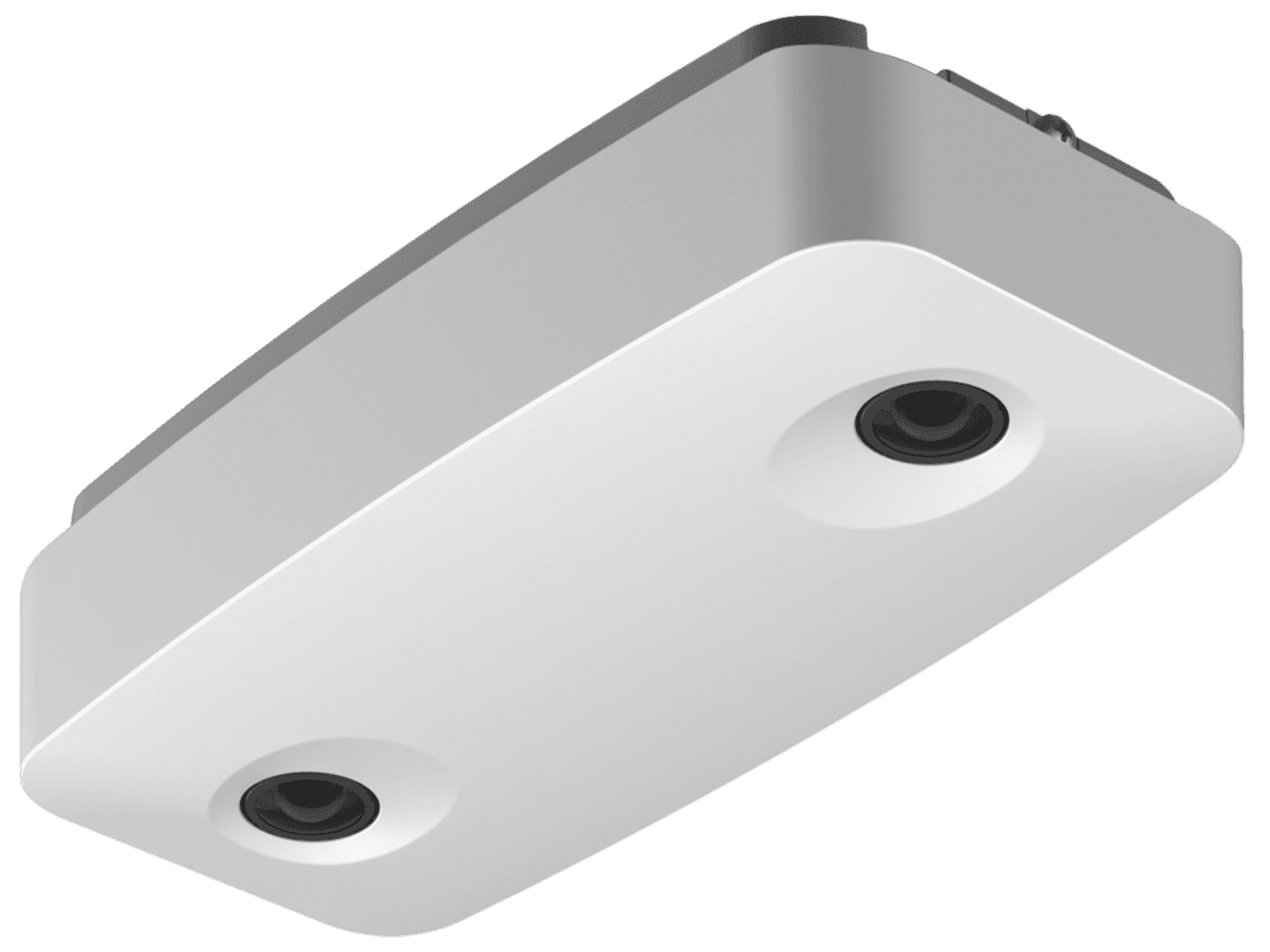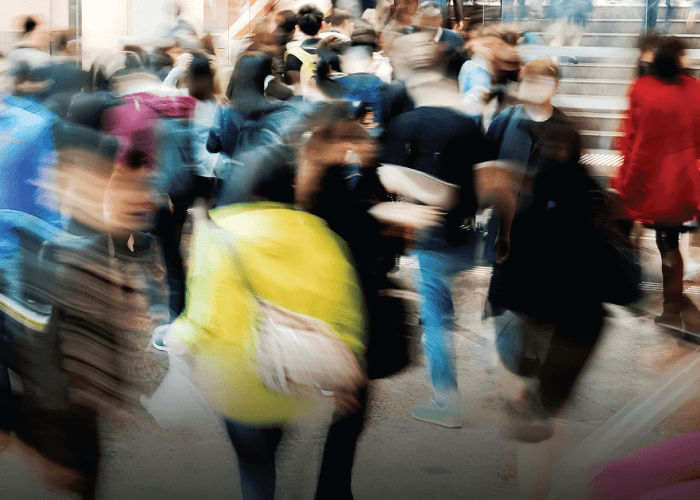Global Experts Take On ‘Acceleration In Retail’ Trends

On this page
With NRF 2022 Retail’s Big Show around the corner, the retail industry is eager to gather in person again for the first time in two years at the Javits Center in New York City! The biggest retail topics and newest retail tech will be up for discussion as captains of industry look to solve retail’s most pressing challenges, such as better managing constrained resources amidst the labor shortage and the supply chain crunch while still maximizing as many in-store opportunities as possible.
This year’s theme, 'Acceleration in Retail', couldn’t be more apt given the retail innovation that was birthed in weeks or months versus years in response to the Covid-19 pandemic. So how is the retail industry responding to the continued demand for increased innovation at a rapid pace, and what role is retail analytics playing in all of it? We sat down with RetailNext’s global in-house retail experts to unpack some of the important related trends they have observed in their respective territories ahead of NRF 2022 Retail’s Big Show.
Northern America - Angela Larch, RetailNext Global Manager, Retail Engagement Managers
Europe, The Middle East, and Africa - Jacobo Rey, RetailNext Senior Retail Engagement Manager
Japan - Hiroko Tatematsu, RetailNext PR/Marketing & Business Development Manager
Northern America
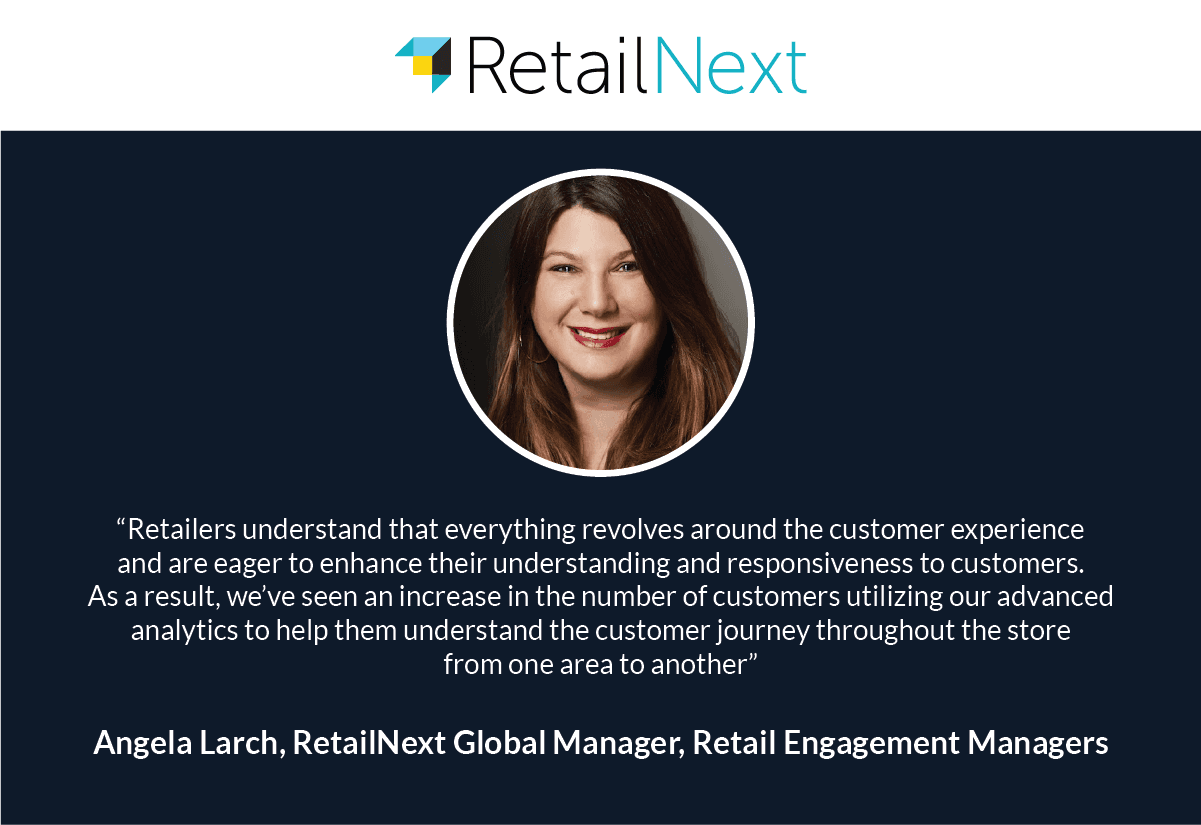
One thing that was clear during the initial phases of the Covid-19 pandemic was that retailers started to understand that traffic data is absolutely essential to effectively managing their businesses. Whether we’re talking about identifying changes in traffic trends or aligning store schedules with peak traffic periods, it begins with an understanding of the traffic into the store.
Another trend that we’re seeing is a willingness to invest in technologies that make shopping easier for customers. For example, at the beginning of the Covid-19 pandemic, most retailers had to rely on their digital business to boost sales during the lockdowns. Some had already been doing “ship from store” and “buy online, pickup in-store". These retailers were ahead of the game and able to quickly pivot to curbside pickups to meet the demands of the pandemic while keeping that revenue stream flowing. That’s not the only area of investment we’ve seen though.
Retailers understand that everything revolves around the customer experience and are eager to enhance their understanding and responsiveness to customers. As a result, we’ve seen an increase in the number of customers utilizing our advanced analytics to help them understand the customer journey throughout the store from one area to another. Retailers are able to use this data to make adjustments within the store to enhance the customer experience.
Retailers, like all of us, are going through a transformation as they figure out how to navigate business and life after Covid-19. The old assumptions about business do not necessarily apply and retailers are increasingly searching for information to make data-driven decisions. They rely not only on their own traffic data but also on the industry reporting to help contextualize internal results.
The increased awareness of the value of reliable data, combined with an interest in better understanding their customers and the industry as a whole, is a great step towards being able to solve these problems. By using this data to understand their customers and their opportunities within stores, retailers are equipping themselves with the data needed to drive strategic decision-making.
READ MORE: Performance Pulse Report - Continental US
Europe, The Middle East, and Africa
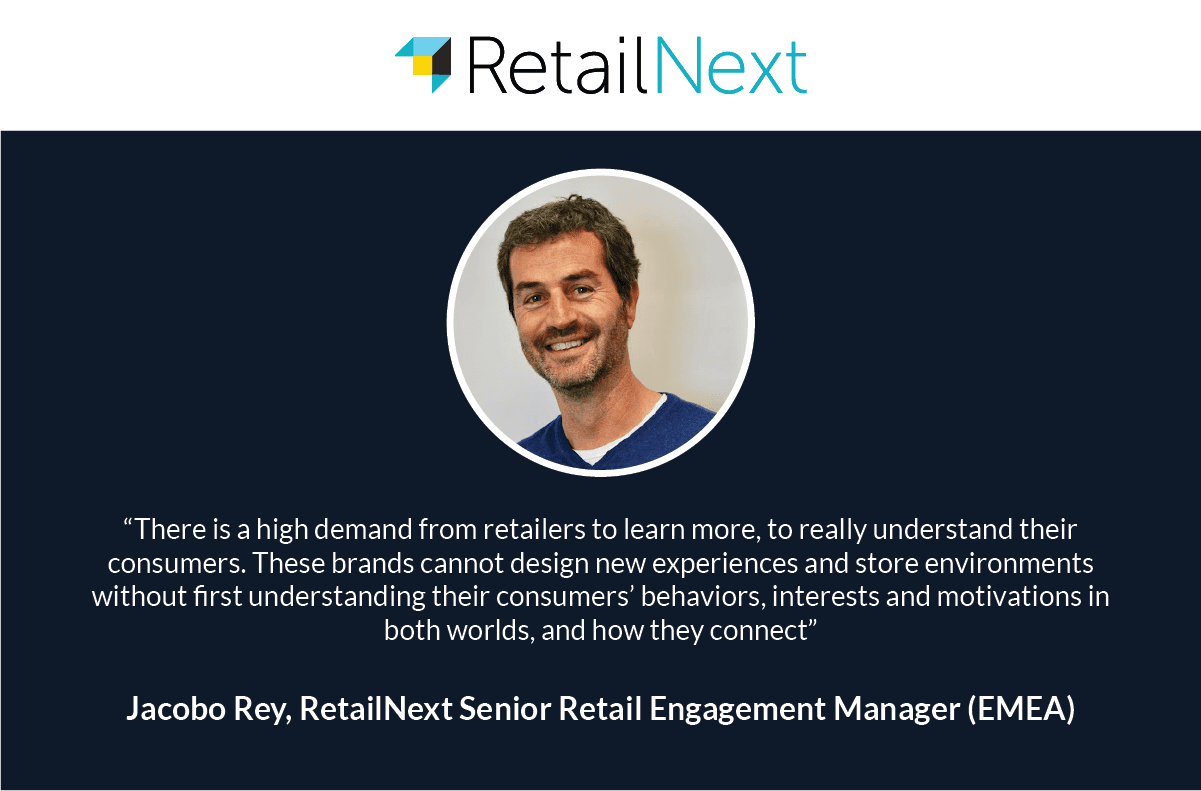
Retail in EMEA is continuing on a deep transformation as a result of rapidly evolving consumer habits, interests, and concerns which are increasing their brand expectations. It is still under a metamorphosis towards a “Phygital Retail” environment: the absolute integration of the physical and digital spaces, a place where brands and consumers can really create a constant connection or relationship that goes far beyond just the shopping transaction and enters a pure experiential moment. In this space, we have seen an incremental interest from multiple brands across the regions (and multiple industries) towards advanced analytics. There is a high demand from retailers to learn more, to really understand their consumers. These brands cannot design new experiences and store environments without first understanding their consumers’ behaviors, interests, and motivations in both worlds, and how they connect.
There are mainly two non-controllable challenges that retail is facing nowadays and will, unfortunately, remain during the Christmas/January sales campaign, and into 2022. I’m referring, of course, to the Covid-19 pandemic, its recent strong wages, and the new Omicron variant that is threatening lockdowns again. We have already seen countries like Austria going to a semi-hard lockdown closing all non-essential retail and activities. This trend is now expanding and other EU countries may follow Austria’s hard decision at any time, at least apply harder safety restrictions on occupancy levels, free movement, opening hours, safety distance, etc.
The second non-controllable challenge is the global logistic crisis. Some retailers advised consumers to start Christmas shopping early to guarantee that Santa will bring all that is expected and avoid potential price increases. Consumers are responding by shopping more than ever, either via e-commerce or physical retail, where traffic is experiencing positive figures. This is an additional challenge for retailers that need to plan stock inventories and human resources so as to avoid missed opportunities during the high volume season.
The answer? Flexibility. Retail has shown an enormous ability to adapt to the hardest and never-seen-before circumstances in a very effective way. Short-term retail has proven to be able to adapt and create safe shopping environments. That being said, this has had a notable impact on retailers' P&L and not all have been able to survive.
When looking at a mid-term view, I would point to the ability of those retailers to adapt to the fast-moving changes outside their walls. If a retailer’s agility is slower than the speed of external dynamics, that retailer may be at serious risk. It sounds hard, I know, but we have already seen it happen and the non-controllable challenges are just speeding up this process in some cases. Those retailers that are already connecting the dots of the digital and physical world, that have the tools to fully understand the real consumer journey; from home to social, from social to the street, from the street to the stores and back to social; those will be the retailers that overcome.
READ MORE: Performance Pulse Report - EMEA
Japan
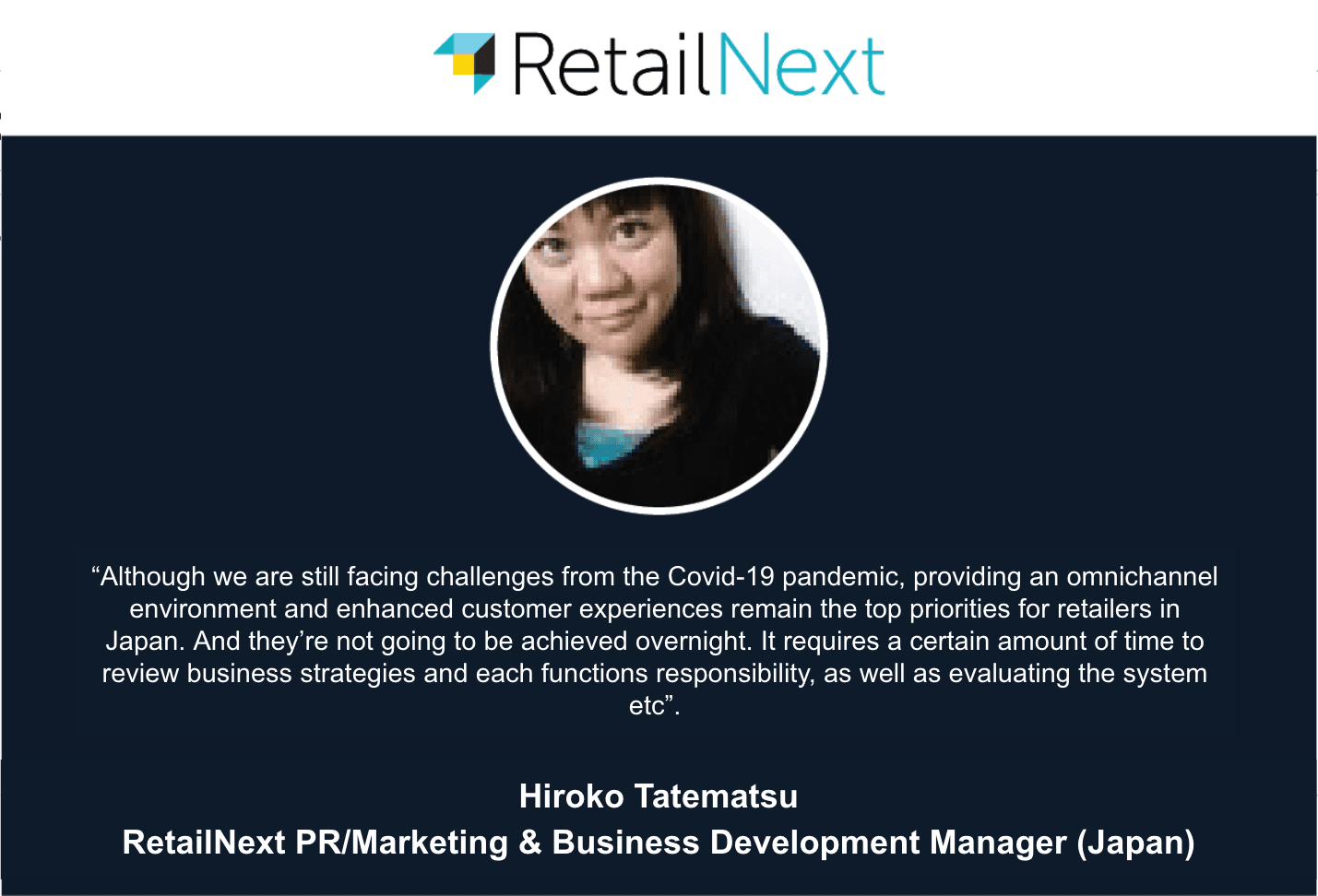
Two of the key trends in retail in Japan, both prior to and during the Covid-19 pandemic, were the increased focus on omnichannel and customer or shopping experience. These key factors are continuing to accelerate the Japanese retail industries, in general. In order for retail businesses to “omnichannel” and enhance their customer experience, re-designing and re-defining the value of each touchpoint are the critical factors. This is why new concept stores and/or with new technologies, such as curating concept stores, RaaS (Retail as a Service) models stores, pop up stores, retail stores with cafes, Amazon Go style stores, and check-in systems via mobile apps, reward customer incentive points and sync up with CRM. As far as payment experiences go, self-checkout and cashless payments via QR codes are growing in popularity.
I believe that although we are still facing challenges from the Covid-19 pandemic, providing an omnichannel environment and enhanced customer experiences remain the top priorities for retailers in Japan. And they’re not going to be achieved overnight. It requires a certain amount of time to review business strategies and each function's responsibility, as well as evaluating the system, etc. In a way, I think that is a really big challenge for any retailer.
To do so, Digital Transformation (DX) is another challenge and one of the top priorities for retailers in Japan. At a micro level, the store DX can be a self-checkout system, and a cashless payment system with QR codes implemented. Also, thermography cameras or non-contact thermometers are must-have items at most Japanese retail stores. These are important elements of customer experience. Without a decent level of customer experience, shoppers will not visit or revisit stores, therefore, showing care through the introduction of new equipment and technologies, with instructions, are quite important.
Slowly but surely, Japanese retailers are planning the new move to start new chapters in retail through a so-called ‘Post-Covid-19-Plan’. To ensure the foundation of business growth, more direct-to-consumer businesses have sprung up as well as the set up of online and SNS channels with Digital Marketing Campaign. On top of that, Live Commerce is a spotlighted way to reach existing and/or potential customers.
For the middle to long term business growth, retailers, developers, mall operating companies, and other business sectors are considering and seeking the New Way and New Value of physical retail space. This is the area RetailNext can contribute, and show the value of our accuracy, reliable technology, and customer service with over 14 years of experience in this field.
About the author:

Judith Subban, Marketing Communications Manager, RetailNext

